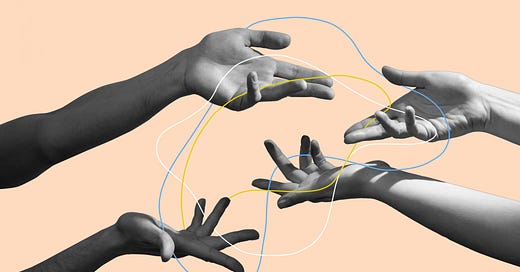Earlier this week, I wrote about the exhaustion and resentment that occurs when people find themselves in situations without infrastructures of care — for childcare, for eldercare, for any sort of care that ends up falling squarely on one person, with little or no relief.
Some people told me the piece was difficult to read, because it so exactly mirrored their situation and the form of “coerced care” where they’d found themselves, or they were frightened of how caregiving responsibilities would fall to them and them alone as their parents aged. And some read with great sadness: what I described was why they felt they couldn’t make the decision to have kids, or
I really do believe that the only way to make caregiving sustainable — particularly as boomers and older Gen-Xers begin to age, and stay alive longer, and need more complex forms of care — is to treat care as infrastructure, and fund and subsidize and arrange it as such….even that’s not enough. Not if you don’t have communities of care to interlock with those larger systems of care. People get this, at least on a conceptual level. But a lot of us who’ve found themselves without those sorts of communities don’t know where to start. So this week, I’m sharing a few examples — and hopefully we can talk about even more in the comments.
FOR CHILDCARE: THE MULTI-PRONG AUNTIE STRATEGY




